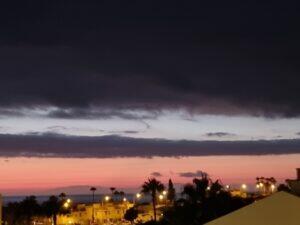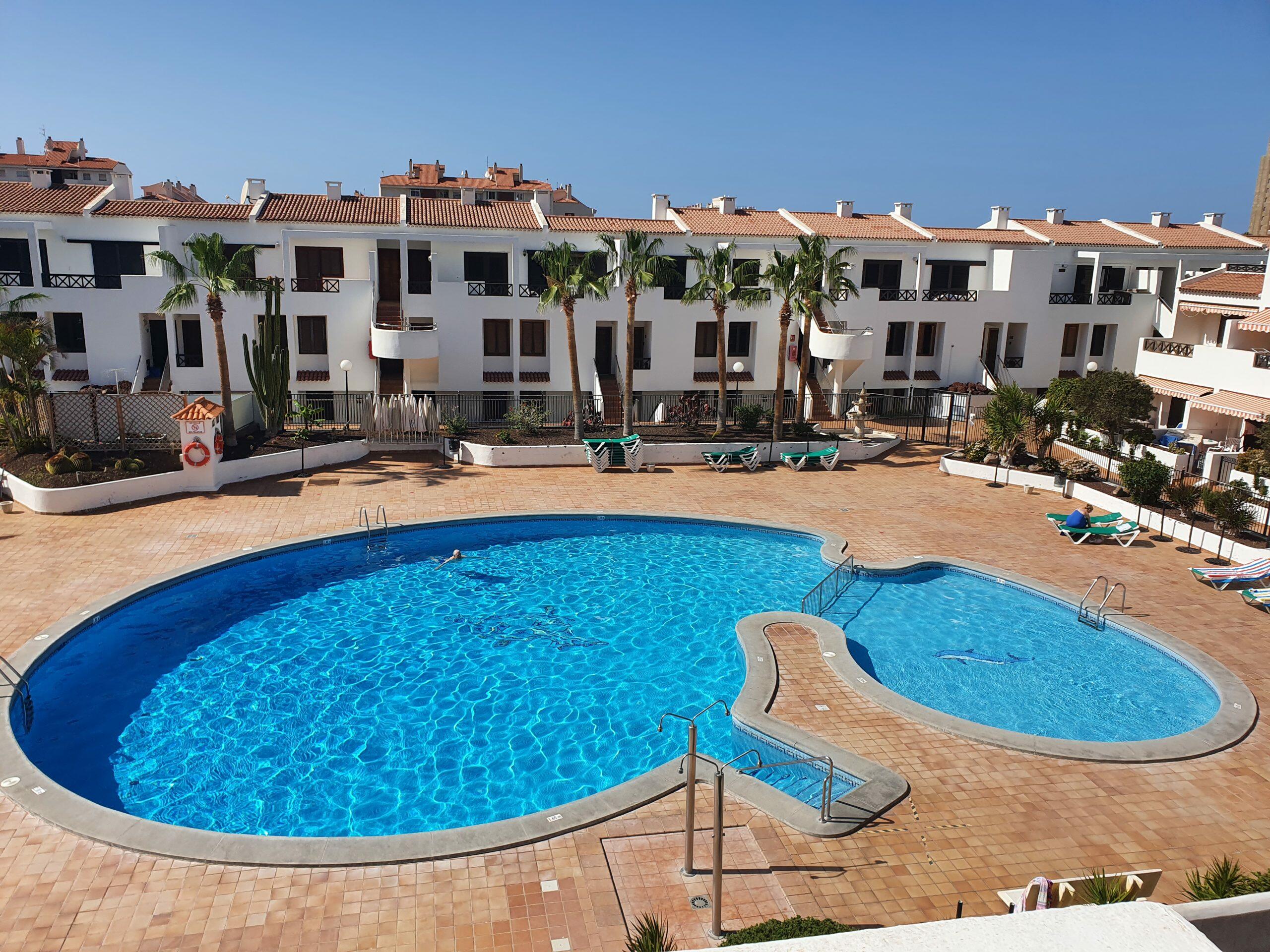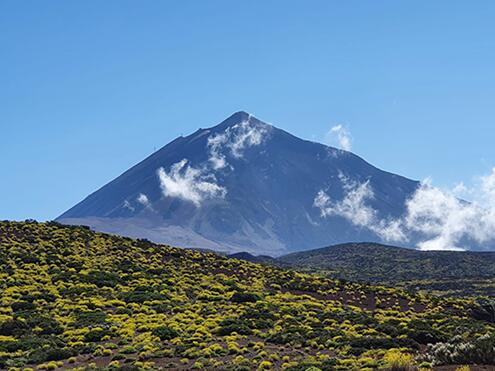
KAYAK, the travel search engine, collated data for 70 islands across the whole of Europe, classifying them under various headings: Weather, Accessibility by aeroplane, Prices, Hotels, Car hire, Restaurants, and general costs on location for Food and Transport, Things to do, Activities for children, Covid-safety measures, and Sustainability, including Environmental Care.
The question asked in every country and several autonomous regions on the continent of Europe was ‘If you had to choose your favourite island for a holiday or short break, which would it be?’
Europe’s favourite holiday island was revealed to be Tenerife!
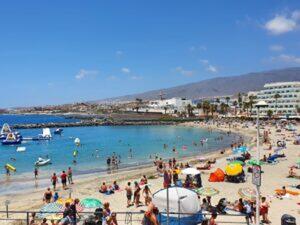
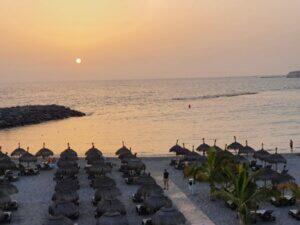
Musement, a holiday organiser carried out similar research and asked residents in 44 countries which island in Europe they would most like to visit if they could go tomorrow and there was a clear winner.
Apart from being endorsed by its own nation, Tenerife was the top option for Belgium, Iceland, Germany, Belarus, Ireland, Latvia, Luxembourg, and even Scotland, which might have been expected to be the first to opt for an island of its own, given that it has so many, and the Outer and Inner Hebrides are hugely popular with tourists from mainland Scotland year-round.
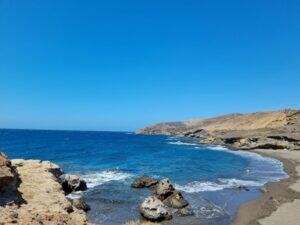
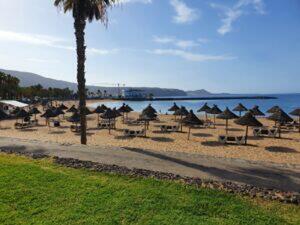
It does not take a genius to work out why Tenerife might be the top option, as sunshine is guaranteed, with a comfortable climate all year round. Many residents in these countries would head to Tenerife purely for that reason – warm weather, with easy access to beaches and on-site swimming pools in typical tourist resorts. But there are plenty of countries in or on the edge of Europe that offer similar, so there is something else that keeps holidaymakers coming back.
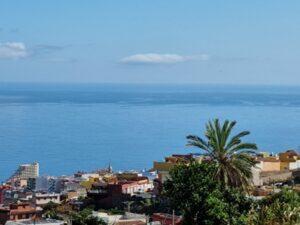
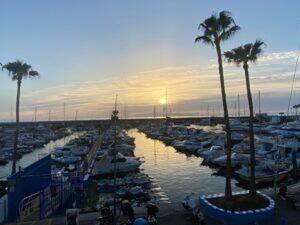
Tenerife, being the largest island in the Canarian Archipelago and the favourite Spanish island among Europeans according to Musement, is because you can be sure you will find fabulous attractions beyond its beaches, surfing-sailing-snorkelling-scuba-diving schools, swimming pools, pavement cafés and bars.
Often discovered by accident by sun-seeking tourists – excursions offered by their tour operators, taken up because they are ‘strongly recommended’ usually reveal something surprising and inspiring a feeling of wonder or delight. They get talked about, photographed, and shown on social media, and enjoyed so much that those who take part want to tell everyone, show friends and family who join them next time, or visit again.

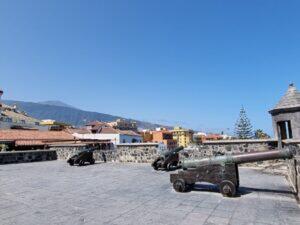
Given that Tenerife could easily be the subject of at least one, if not several, articles of its own, you might like to have a look at some of its most jaw-dropping sites: Masca, the ‘Machu Picchu of Spain’, the Colonial town of San Cristóbal de la Laguna and the nearby mountainous Anaga Rural Park, the Drago de Icod – a Drago tree, native to Macronesia, being several thousand years old – or go whale-spotting off the coast of Adeje, descend into the volcanic Los Vientos caves, admire the stately northern-European-style wood-beamed houses in the heart of La Orotava and its ornate Casa de los Balcones (House of Balconies), and of course, visit Teide National Park.
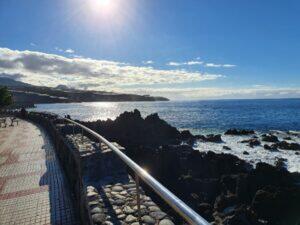
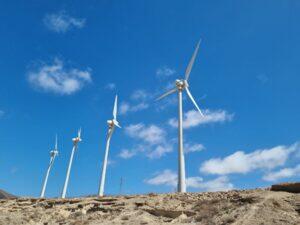
The Teide National Park is a huge volcanic landscape, including the highest peak in Spain and second highest in the whole of Europe, with intriguing-looking rock-towers and desert plants, where you can walk right into the crater of an active volcano. Active, but with no eruptions for centuries and none likely in the lifetimes of anyone alive today.
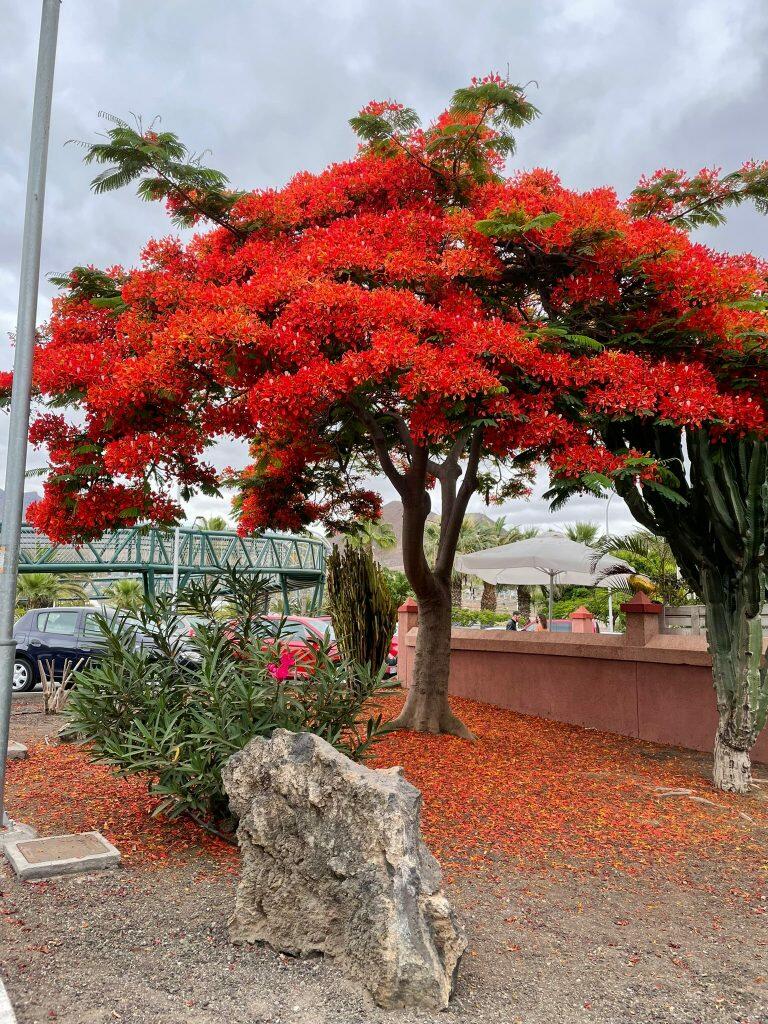
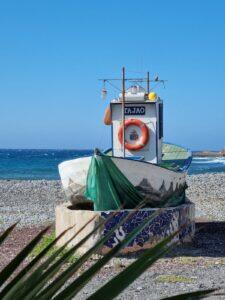
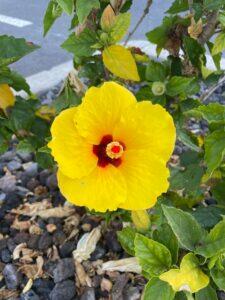
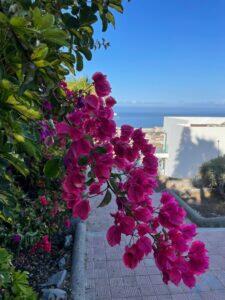
It is no wonder that our beautiful island has been voted as ‘The Best Island in Europe.’
